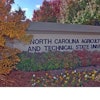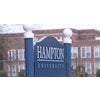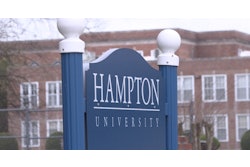With $50,000 in seed money from the National Science Foundation (NSF) already in place, institutions taking part in the New York Region Innovation Corps (I-Corps™) Hub are gearing up for work that will commence full force in January 2022 when NSF provides the first of five annual $3 million disbursements to City University of New York (CUNY). With this largest-ever award from NSF to CUNY, CUNY will lead a coalition of colleges and universities in a program that provides entrepreneurial training and mentoring to local academic researchers.
For the past decade, CUNY has utilized the NSF’s I-Corps model, which uses experiential education to help researchers from diverse backgrounds gain insight into entrepreneurship, business, industry requirements and challenges. The New York Region Hub is one of five networks around the country that guide researchers in bringing their scientific and engineering discoveries to fruition as commercial ventures that propel economic growth and narrow racial and gender gaps in STEM.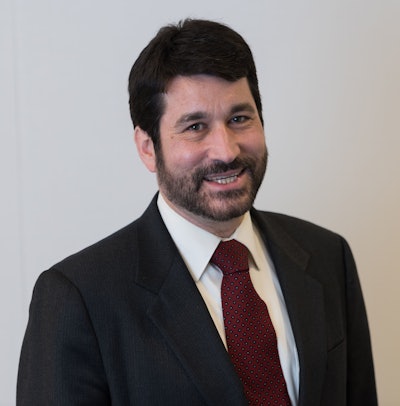 John Blaho
John Blaho
“We’ve been building this infrastructure for over 10 years, and now we’re able to start scaling it,” said Dr. John A. Blaho, CUNY’s director for industrial-academic research.
Increasing the scale will enable the additional inclusion of students from CUNY’s community colleges and four-year institutions along with faculty and graduate students who’ve previously taken part. The goal is to increase STEM diversity at all levels. Blaho noted that many CUNY students are first-generation college students and are either immigrants or the children of immigrants.
This will involve deep technology, which is how startup companies with the expressed objective of providing technology solutions are classified. Blaho said it teaches the students a mindset of not just creating things to make a profit, but also to enhance the lives of people in the students’ communities.
“We have an approach that we call, See Me, Be Me,” said Blaho, who will be the Hub director. “By us now being able to expand and be more inclusive, we will have more instructors, more leaders participating, so that the students will see people and say, ‘I can do this.’”
Students will be trained in an experiential learning program. The students go out into their communities and engage with community members about what they need and what sorts of technologies could improve their lives. They then report back to their cohort what they have learned.
Rather than creating technology and testing it, first the teams will test problems and then from those tests build solutions. Blaho referred to the cycle as agile development, which involves constant interaction with the community. As technology is developed, it will be tested in the community for which it is being designed, and then adjustments will be made. Given the length of time to bring something to market, students can remain with a project even after graduation.
Ariella Trotsenko has been the project manager for five years and will continue to do so as the Hub scales up with the grant money. The project to date, she said, has encouraged innovation and entrepreneurship, and the impact will increase exponentially going forward.
“We hope to increase being able to provide researchers with entrepreneurial training, mentors and the resources needed to form start-up companies,” said Trotsenko. “Supporting the translation between deep tech — what our innovators are discovering in the laboratories — and helping them translate that by making breakthrough products.”
A pilot program at two of CUNY’s community colleges showed positive impact on student retention, completion and transfer to one of CUNY’s four-year institutions.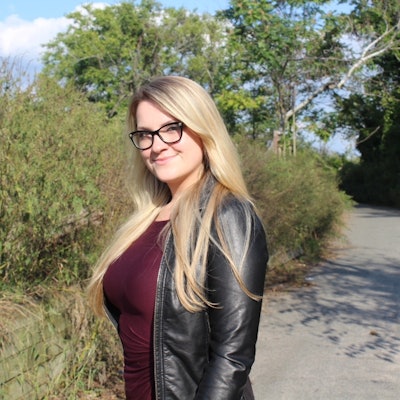 Ariella Trotsenko
Ariella Trotsenko
Joining CUNY as core partner institutions in the New York Region I-Corps Hub are Columbia University and New York University. There are also six affiliate schools, including the Icahn School of Medicine at Mount Sinai, Rockefeller University and Stevens Institute of Technology. Blaho said there will be possibilities for collaboration and opportunities for CUNY students to be part of teams from other institutions.
“It’s probably one of the first times that CUNY is actually affiliating with medical schools or life-science specific schools like Rockefeller University,” said Blaho.
It is estimated that there will be approximately 30 I-Corps teams in the New York Region Hub. Each I-Corps team has a technical lead, an entrepreneurial lead and a mentor who is an industry professional. Students will play key roles in each team. Faculty and mentors are currently being recruited.
I-Corps teams will identify product opportunities. If commercial opportunities are viable, start-up ventures will commence. There will be on-campus research as well as collaboration between the institutions. CUNY will also have the Hub for Innovation & Entrepreneurship, a 7,100-square-foot workspace in Harlem (uptown Manhattan).
There are currently three projects in the development phase and Blaho said when the grant money comes in January it will hopefully push those projects to completion. One is an indoor navigation device to help emergency response teams, such as first responders, maneuver through dark spaces. This navigation application would be more accurate and less costly than applications currently available. Another is a quantum computing program. The third is a child development software program.
Starting in January, teams will be working on projects in life sciences, which includes biomedical sciences, clean technology and combating the climate crisis, and cyber security and the digital world.
Trotsenko puts together the programming regarding entrepreneurial training for faculty and students that enables them to enter the program. She also helps teams find industry mentors, people who have deep knowledge of the commercialization process who can help students and faculty translate their discoveries out of the lab and into the market.
“We’re assessing our pool of interested entrepreneurs, building out programming and a mentoring network to support the start-up life cycle,” said Trotsenko.
One quarter of the project involves metrics, analytics and tracking the research. Blaho said there may even be research on team dynamics and then model best practices on team success.
“We have a team of social scientists from CUNY who are … observing what we do and they will then develop research models to determine if they can do some interventions to increase performance in the teams,” said Blaho. “It gives students the opportunity to be innovative with that deep technology base. Engineers and computer scientists tend to be pretty focused on technology. Here, we’re trying to have them think a little bit outside the box on how it can help society.”



